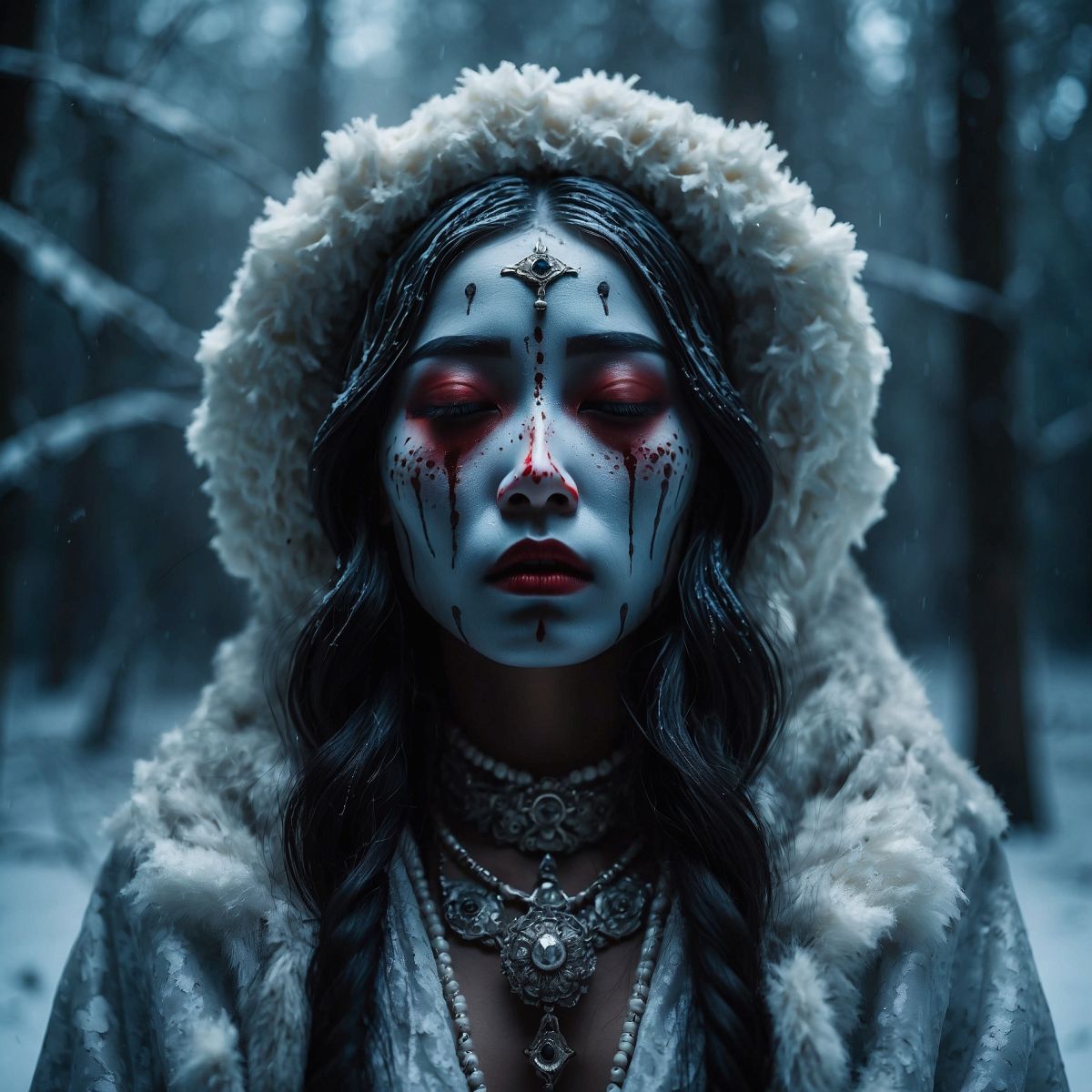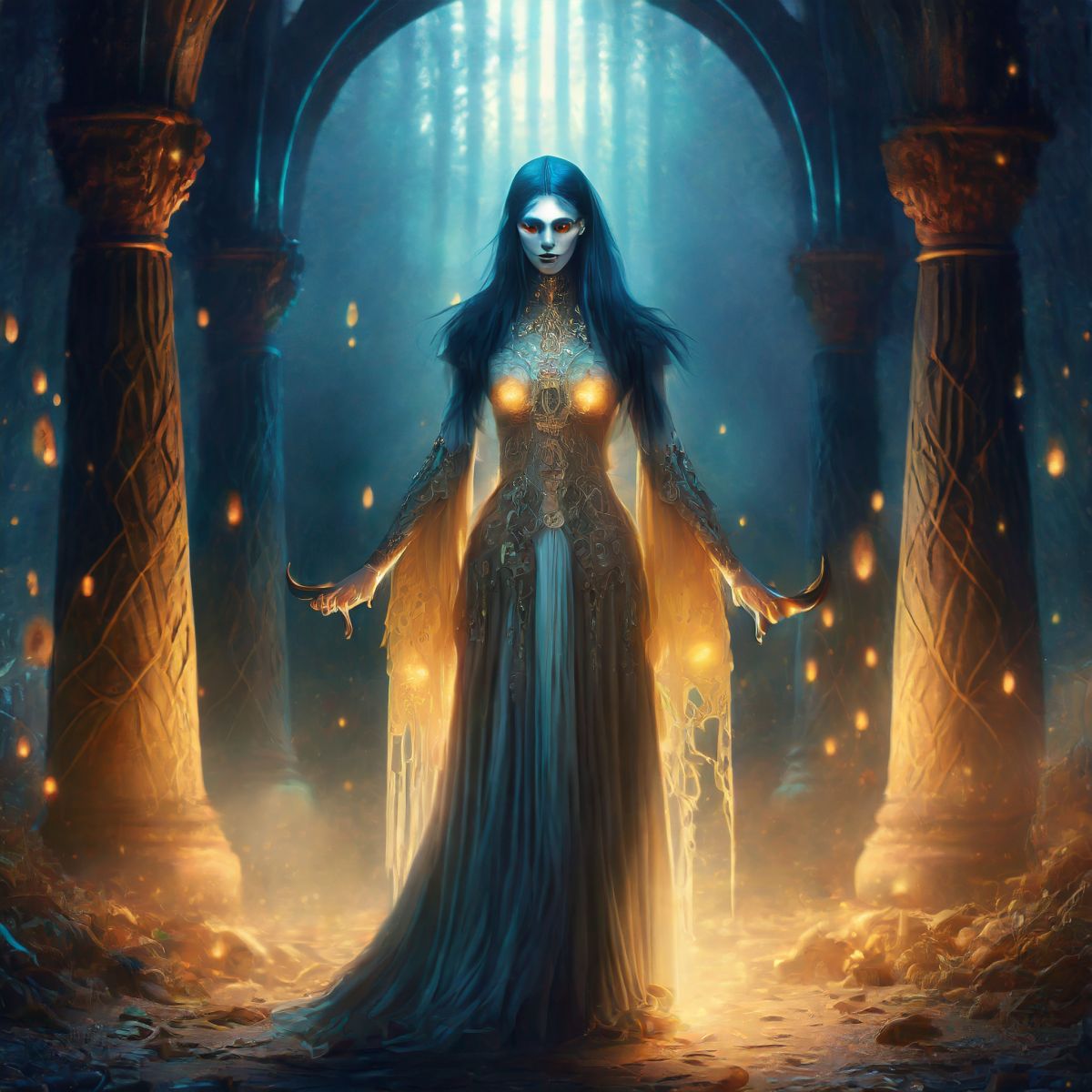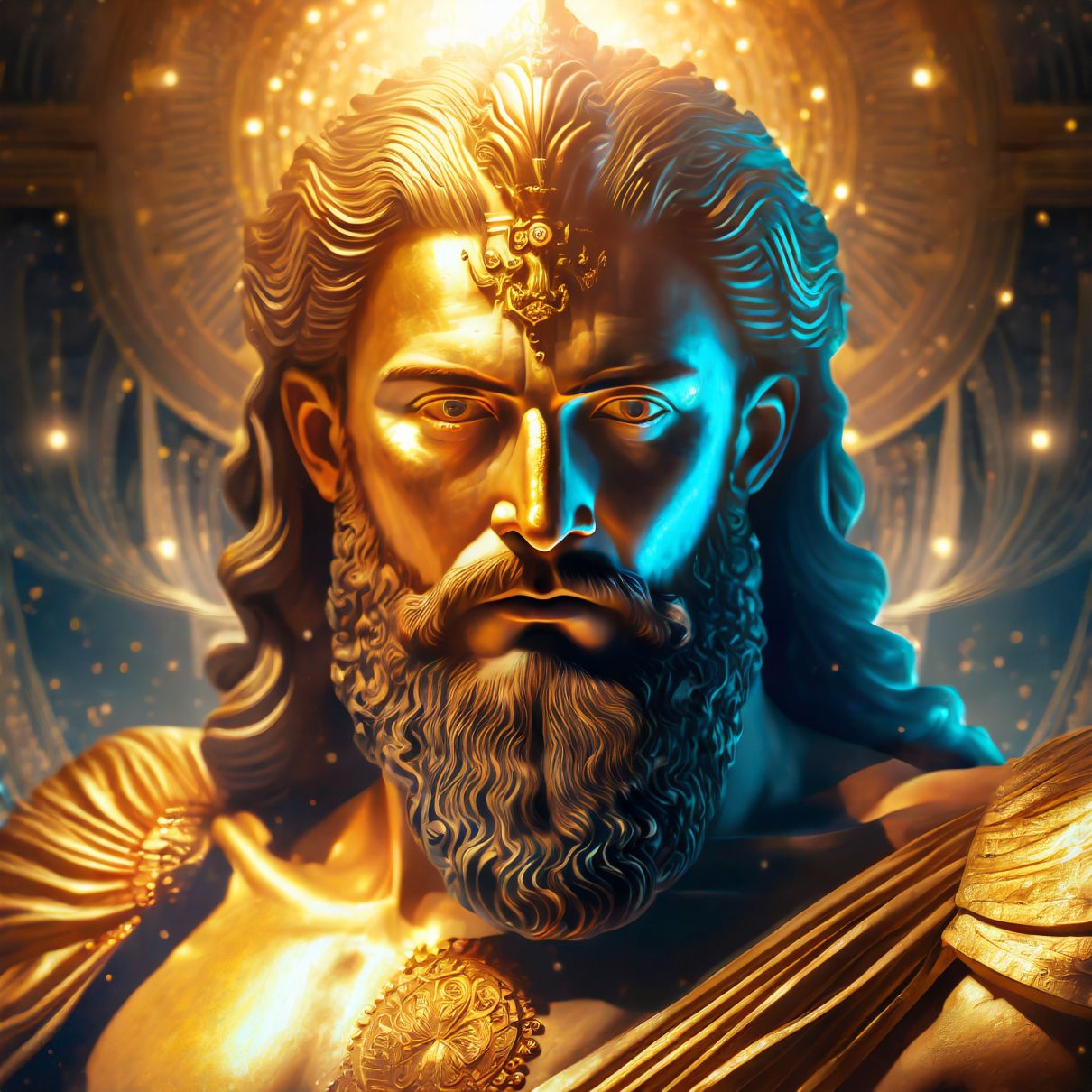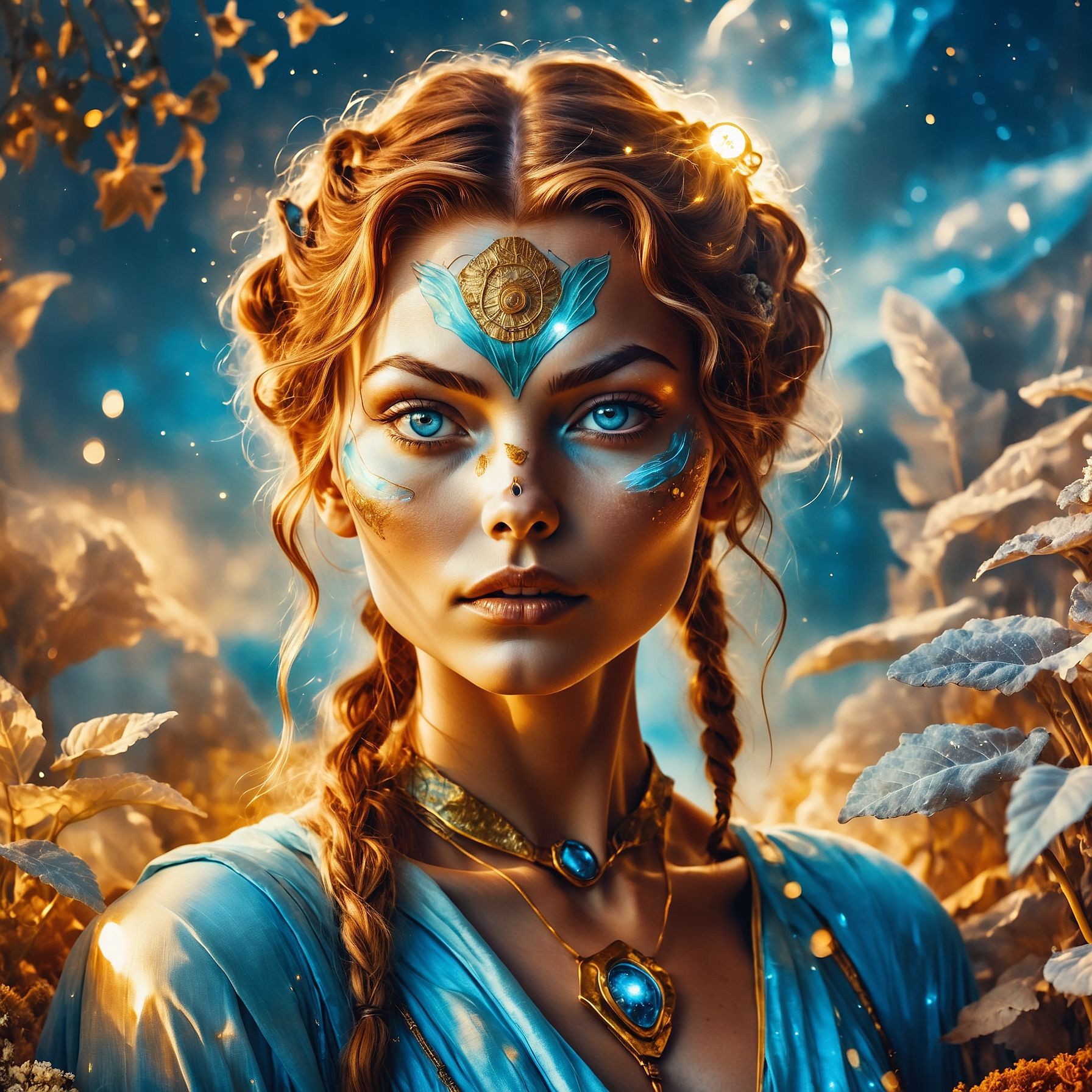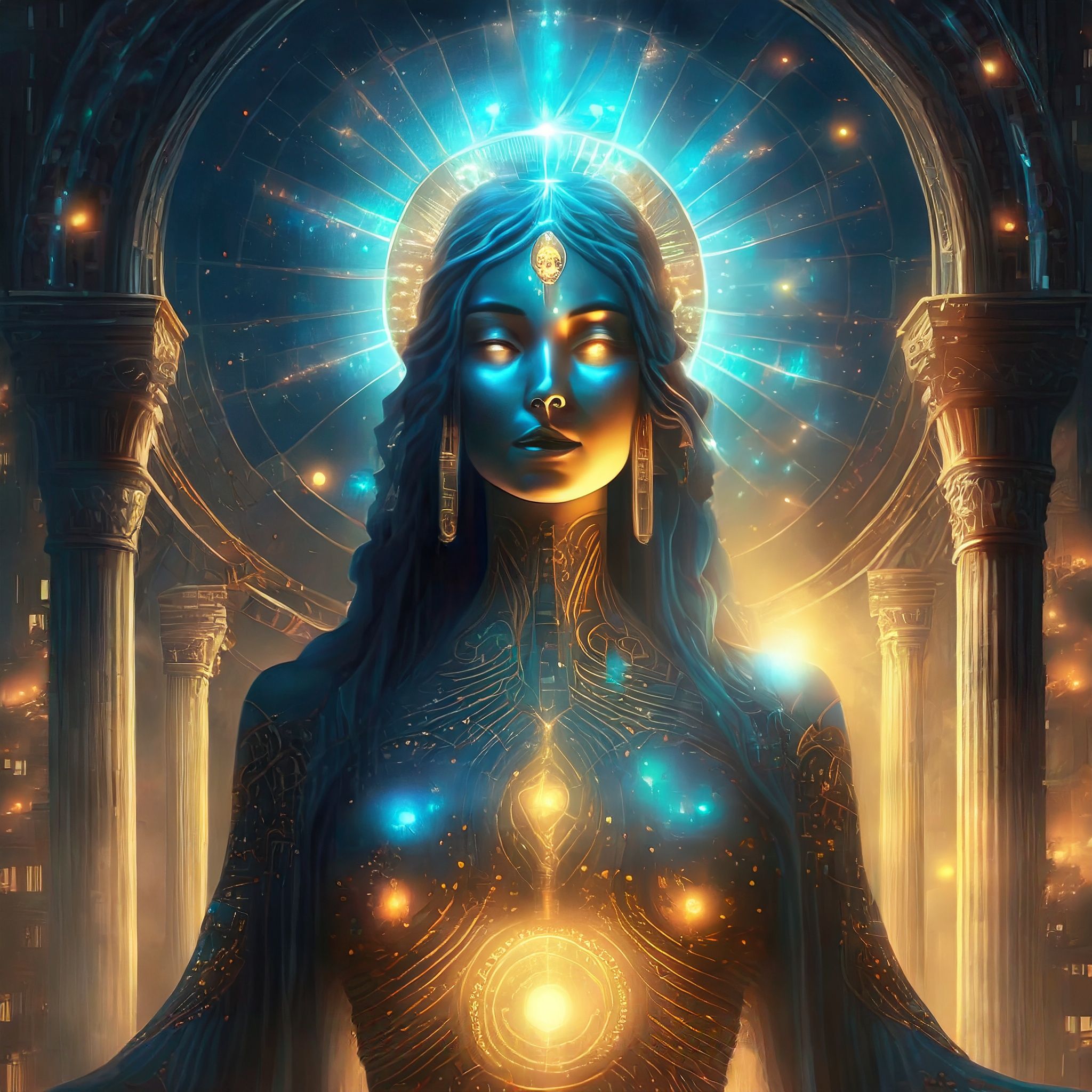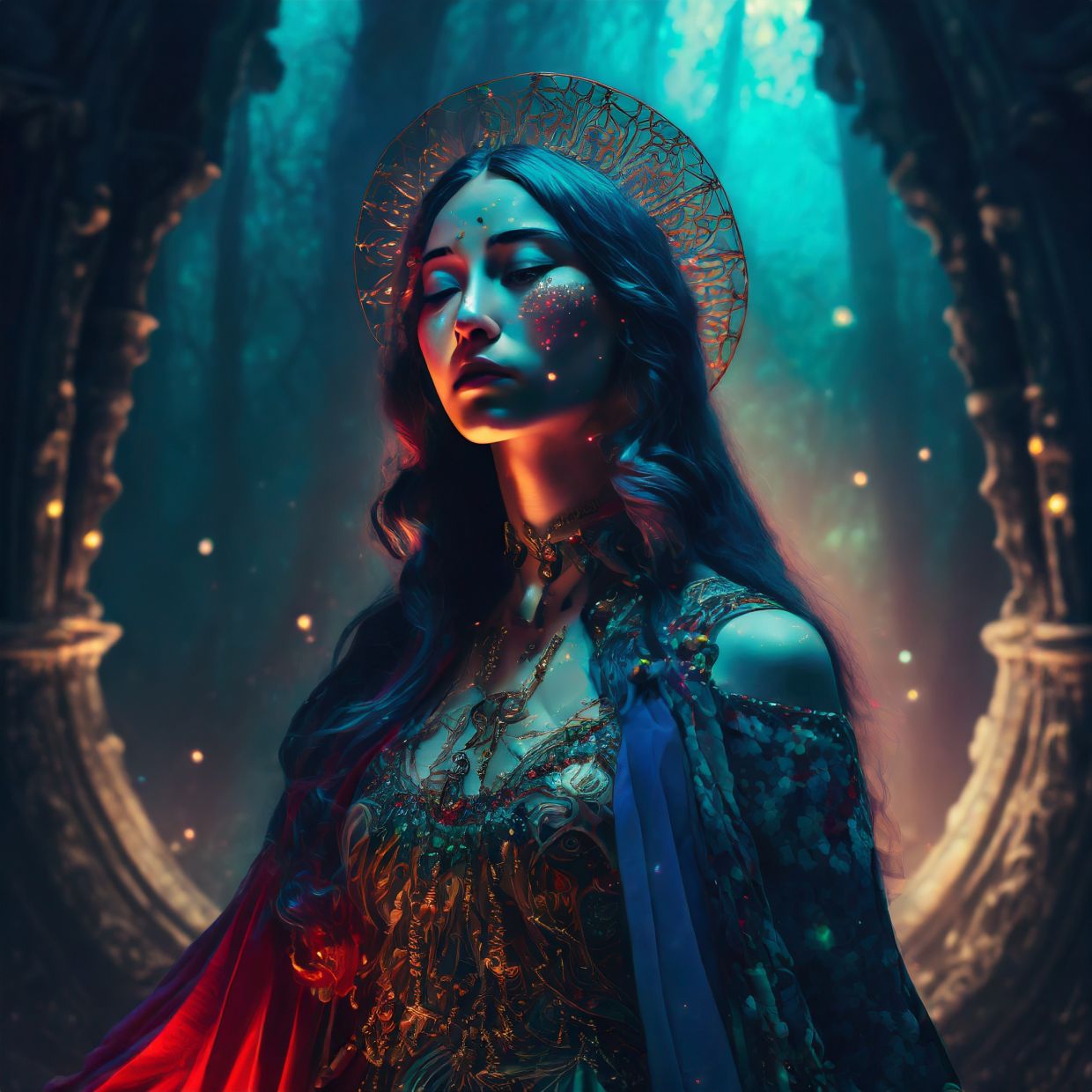
Verdandi Moirai: Goddess of Death
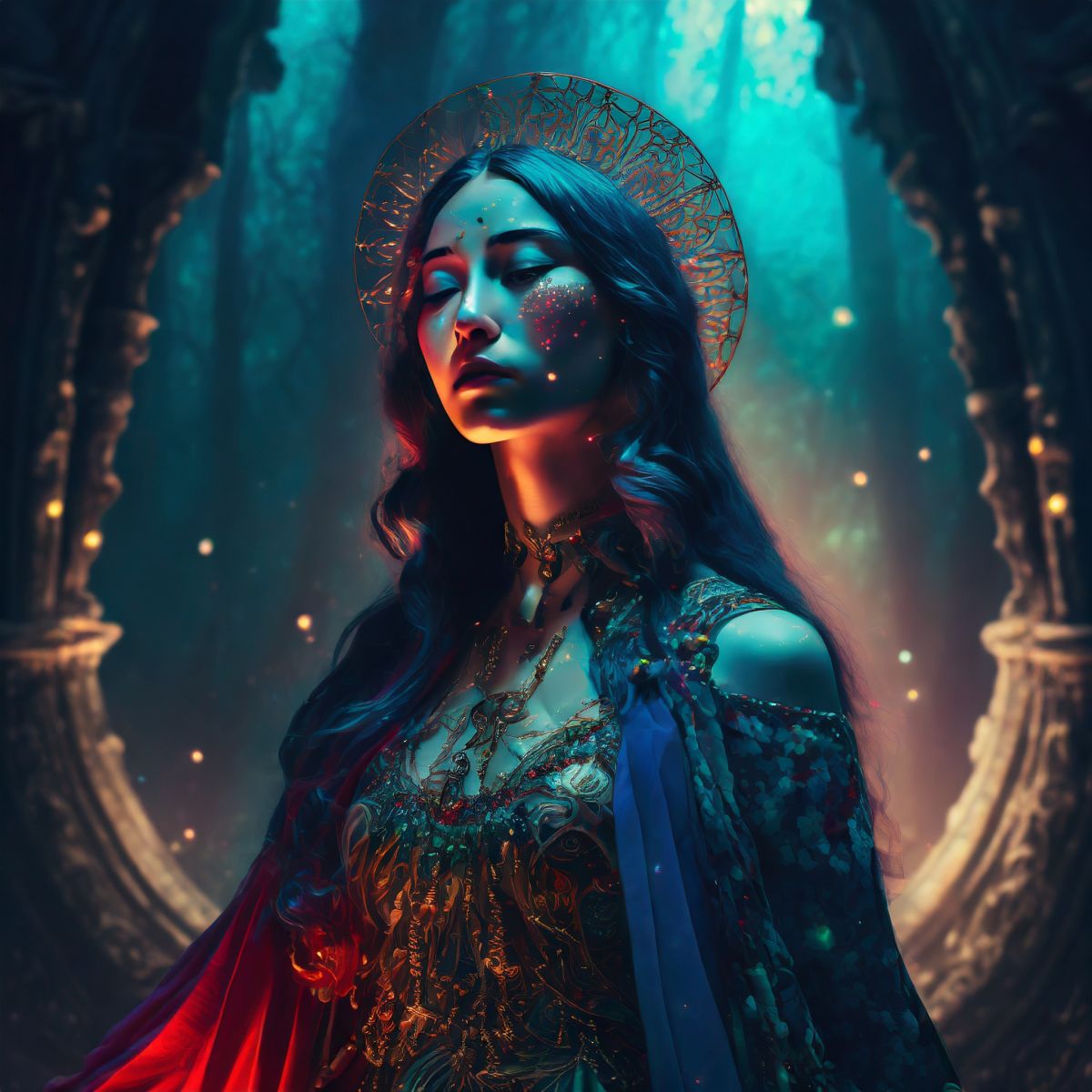
The Goddess of Death is a deity found in various mythologies around the world, associated with the end of life and the transition to the afterlife. She is often depicted as a powerful and enigmatic figure, responsible for guiding souls to their final destination. The Goddess of Death is known by different names and has different attributes in various cultures, but her role remains the same: to bring about the end of life and to oversee the journey of souls to the afterlife.
Birth and Family
Verdandi is the daughter of Zeus, King of the Gods, and Ananke, the Celestial of the Cosmos. Ananke is a primordial deity and the personification of inevitability, compulsion, and necessity. She is the mother of the three Moirai sisters, also known as the Fates: Clotho (the spinner of life), Lachesis (the allotter of fate), and Atropos (the inevitable death).
Role in Mythology
Verdandi is often associated with the Greek Goddess Atropos, one of the Moirai. Atropos is the oldest of the three sisters and is responsible for cutting the thread of life, signifying the end of an individual's existence. In Norse mythology, she is often compared to Verdandi, one of the Norns, who is responsible for the present and the inevitable fate of all beings.
In many cultures, the Goddess of Death is seen as a neutral figure, neither good nor evil. She is simply fulfilling her role as the one who brings about the end of life and guides souls to their final destination. She is often depicted as a compassionate and wise figure, who understands the pain and suffering of those she takes away and offers comfort to those left behind.
Worship and Cult
The Goddess of Death is not typically worshipped in the same way as other deities. Instead, she is often honored through rituals and ceremonies that mark the end of life and the transition to the afterlife. These rituals serve to honor the dead and to ensure that their souls are guided safely to their final destination.
Artistic Representations
The Goddess of Death is often depicted in art as a dark and mysterious figure, shrouded in black robes and holding a scythe or a set of scales. She may also be shown with her sisters, the Moirai, or with other deities associated with death and the underworld.
Legacy and Modern Interpretations
In modern times, the Goddess of Death continues to be a powerful and enigmatic figure in mythology and popular culture. She is often portrayed in literature, film, and other media as a dark and mysterious force, guiding souls to their final destination and offering comfort to those left behind.
Conclusion
In conclusion, the Goddess of Death is a powerful and enigmatic figure in mythology, representing the end of life and the transition to the afterlife. As the daughter of Ananke, the Celestial of the Cosmos, and the sister of the Moirai, she plays a vital role in the cycle of life and death. Her role in mythology, her relationship with other deities, and her influence on modern culture serve as a testament to her enduring power.
